The submersible unit senses the hydrostatic pressure at the bottom of the liquid. It is designed for continuous level measurement and transmits a current signal proportional to the water column to the upstream instrumentation.
They use the piezo-resistive effect of diffuse silicon-sensitive elements to convert the static pressure into an electrical signal.
Submersible Pressure Transmitter
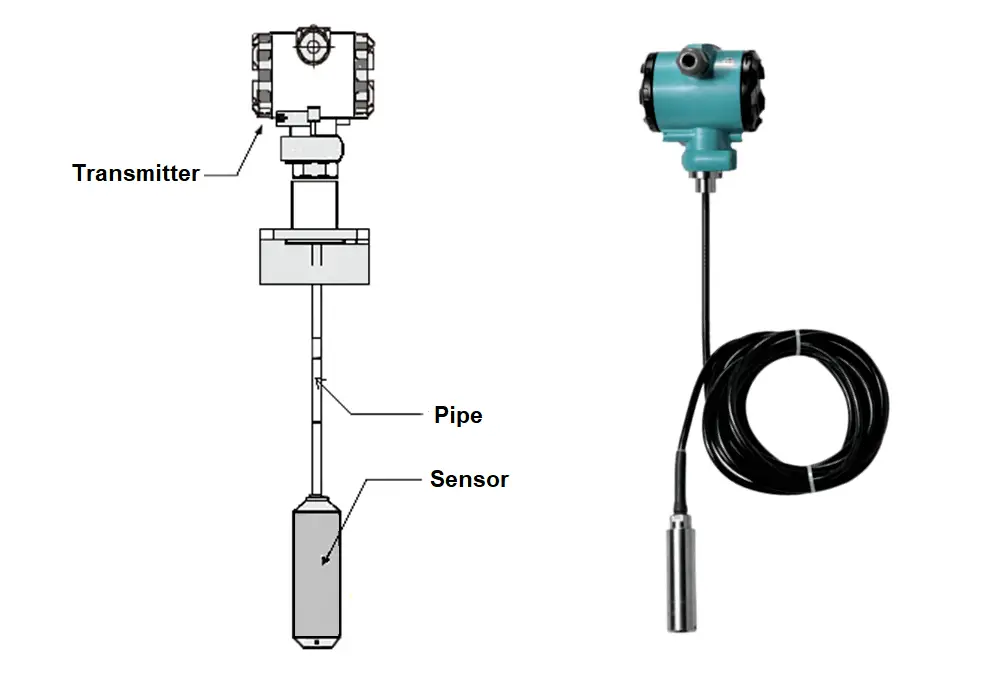
The sensor part of the liquid level transmitter can be directly placed into the liquid. The transmitter unit can be fixed at a safe working place with a flange or bracket.
The sensor is highly convenient to install and use. With a special vented cable to equalize atmospheric pressure changes, it accurately transmits the measured liquid level. The length of the cable, which depends on the application.
The height from the end of the water level transmitter to the water surface can be accurately measured by placing it directly into the container or body of water, and the water level signal can be sent to the outside through a standard current signal of 4-20 mA after temperature compensation and linearity correction.
It is called by various names such as static pressure level transmitter, submersible level sensor, submersible water level meter, etc.
Where Submersible measurement is preferred?
A submersible probe is nothing more than a pressure sensor encapsulated in a way special so that liquid does not enter into the same, damaging the circuit of sense.
Submersible probes are used when it is not possible to place the level sensor by the side of the tank or container. There are applications where this is impossible, being a typical example of measuring levels in wells.
Working Principle
The submersible liquid level transmitter works based on the principle that the static pressure on the sensor is proportional to the height of the liquid.
When the liquid level transmitter is placed at a certain depth in the liquid level to be measured, the pressure is applied on the front face of the sensor and is
Ρ = ρ. g. H + Po
Where:
P = Pressure applied on the face of the transmitter
ρ = Density of the measured liquid
g = Acceleration of gravity
Po = Atmospheric pressure on the surface of the liquid
H = the depth of the transmitter in the liquid
At the same time, the pressure of the liquid is introduced into the positive pressure cavity of the sensor through the gas conductive stainless steel.
Then, the atmospheric pressure Po on the surface of the liquid is connected to the negative pressure cavity of the sensor to compensate the Po at the back of the sensor so that the pressure measured by the submersible sensor is ρ.g.H.
It is clear from the above description that by measuring the pressure P, the depth of the liquid level can be obtained.
Cage protected Submersible Level Transmitter
The below figure is the Submersible level transmitter with cage protected.
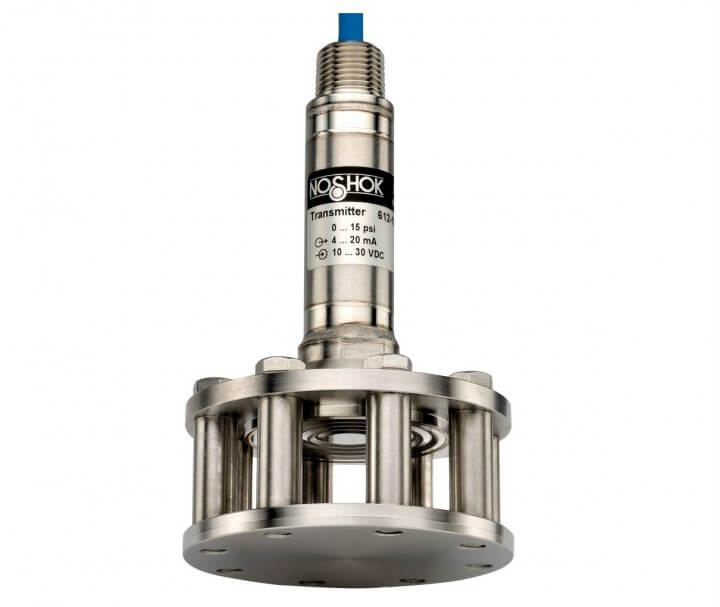
Ideal for slurry tanks, sewage, also in waste-water tank level measurements.
Most suitable for slurry tanks where sludge or turbulence may be present.
Advantages
The following are the advantages of submersible transmitters.
- Liquid level can be sensed directly and the effects of foaming and deposition of process medium do not affect the measurement.
- Precision measurement.
- Good stability.
- Flexible installation and easy to use.
- Small size, lightweight,
- Sensors with anti-vibration construction.
- Easy submersible installation.
- The sensor works based on the most advanced microprocessor technology.
Applications
Depth or level of measurement of wells.
Submersible liquid level measurement is widely used in wells, mines, waterworks, sewage treatment plants, urban water supply, high-rise swimming pools, oil pools, industrial water tanks, hydrogeology, reservoirs, rivers, oceans, etc.

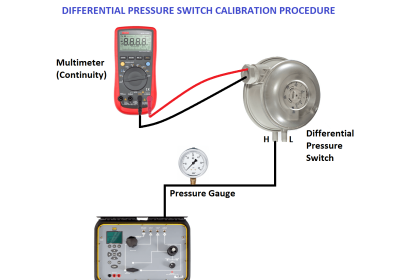
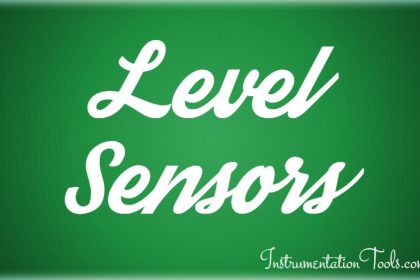
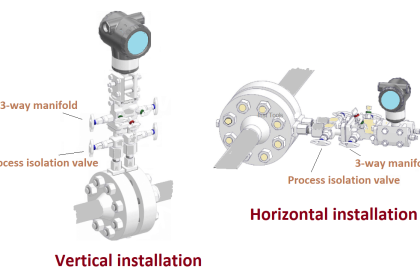
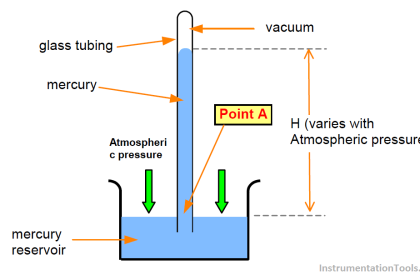

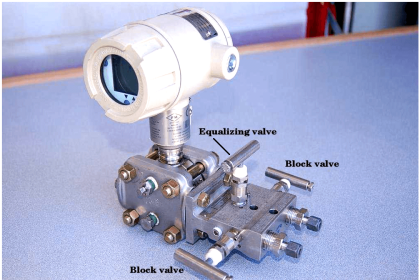
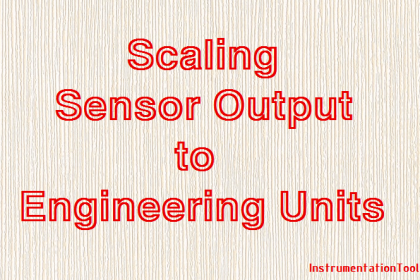

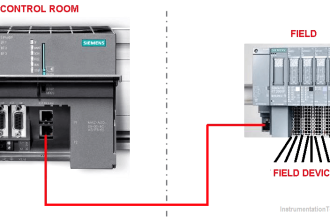
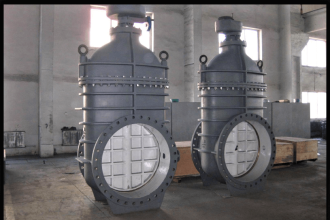
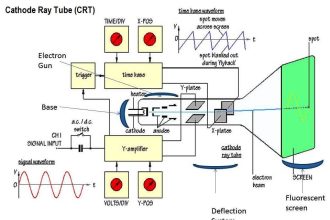
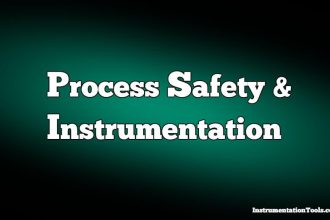
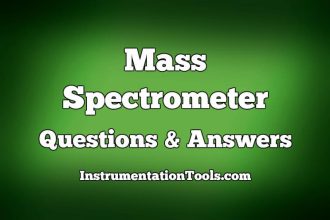
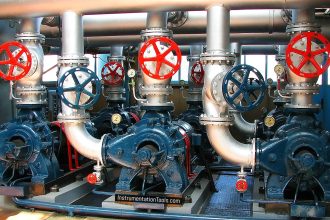
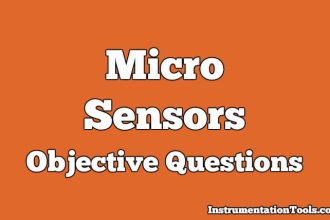

hi there,
i use submersible pressure for measure evaporation, i get something wrong with data output, data level evaporation change by pressure an water temperatur, how to calculate the level water with corection of water temperatur?